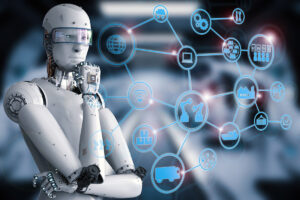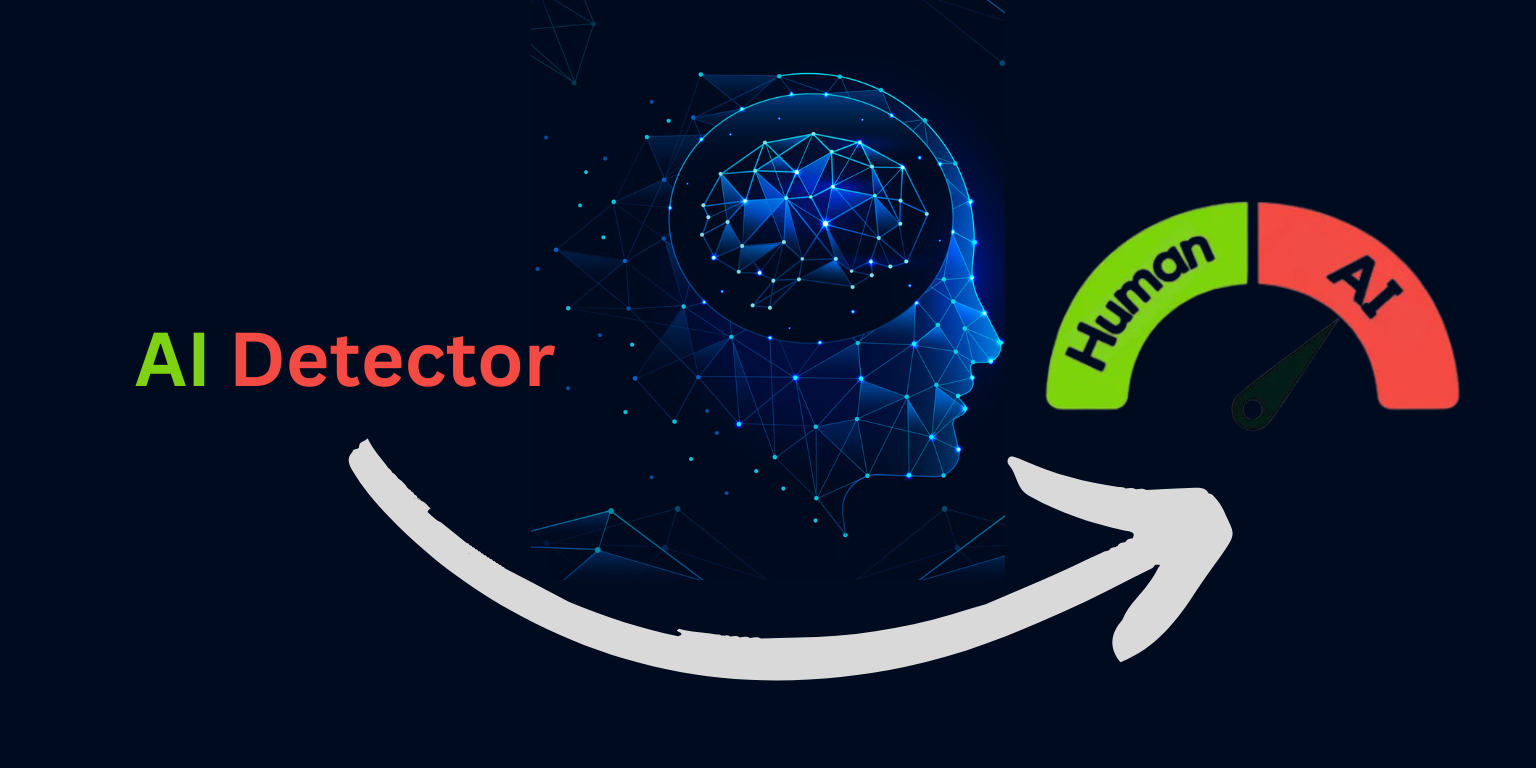AI detectors have revolutionized many industries by allowing machines to see, understand, and react to their environment with great precision and effectiveness. These advanced systems use sophisticated algorithms and machine learning algorithms to identify patterns, anomalies, and signals across a wide range of data types, including pictures, speech, text, and more.
As this technology continues to develop, understanding how AI works is essential to know how it impacts technology, society, and everyday life. In this guide, we will explore the basics of AI detectors, their operating mechanisms, and their real-world applications in various domains.
How Do AI Detectors Work?
AI detectors, also known as artificial intelligence detectors, are intelligent systems that use machine learning algorithms and advanced sensor technologies to identify and classify objects, patterns, anomalies, or events within a given environment. These detectors employ a variety of techniques and methodologies to analyze input data, extract meaningful features, and make informed decisions about the presence or absence of specific targets or phenomena. These tools can be used for a variety of tasks including video creation, voice overs, content writing, etc.
Here’s how AI detectors work.
1. Data Collection
The first step in the operation of AI detectors involves collecting data from sensors, cameras, microphones, or other sources. This data may include images, videos, audio recordings, sensor readings, or other types of signals relevant to the detection task.
2. Preprocessing
Once the data is collected, it undergoes preprocessing to clean, normalize, and enhance its quality. Preprocessing techniques may include noise reduction, image stabilization, background subtraction, normalization, and feature extraction to prepare the data for further analysis.
3. Feature Extraction
In this stage, the preprocessed data is analyzed to extract relevant features or characteristics that are informative for the detection task. Feature extraction techniques may vary depending on the type of data and the nature of the target being detected. For example, in image-based detection, features may include edges, textures, colors, or shapes.
4. Machine Learning Algorithms
AI detectors leverage machine learning algorithms to learn patterns and relationships in the extracted features from the data. These algorithms are trained on labeled datasets, where each data point is associated with a corresponding label indicating the presence or absence of the target object or event.
5. Training Phase
During the training phase, the machine learning model learns to map input features to output labels by adjusting its internal parameters through iterative optimization techniques such as gradient descent. The goal is to minimize the error between the predicted labels and the ground truth labels in the training data.
6. Inference Phase
Once the model is trained, it can be deployed for inference on new, unseen data. During the inference phase, the model takes input data and generates predictions or classifications based on the learned patterns and relationships. This process may involve complex computations and decision-making algorithms depending on the complexity of the detection task.
7. Feedback Loop
In many cases, AI detectors operate in a feedback loop where the performance of the model is continuously evaluated and refined based on feedback from the environment or human operators. This feedback loop enables the detector to adapt and improve its performance over time, leading to more accurate and reliable detections.
8. Decision Making
Based on the predictions or classifications generated by the model, the AI detector makes decisions about the presence or absence of the target object or event. These decisions may trigger downstream actions or alerts depending on the application, such as activating alarms, sending notifications, or initiating control actions.
Types of AI Detectors

AI detectors encompass a diverse range of technologies and methodologies tailored to specific detection tasks and environments. Here are some common types of AI detectors:
1. Image Recognition Detectors: Image recognition detectors analyze visual data to identify objects, scenes, and patterns within images. They use convolutional neural networks (CNNs) to process and classify images based on features such as shapes, colors, and textures.
2. Natural Language Processing (NLP) Detectors: NLP detectors interpret and understand human language, enabling machines to extract meaning from text, speech, and other forms of communication. They employ techniques like tokenization, part-of-speech tagging, and sentiment analysis to analyze and process language data.
3. Audio and Speech Detectors: These detectors analyze audio signals and speech patterns to recognize spoken words, commands, and emotions. They utilize algorithms such as speech recognition and voice biometrics to convert audio input into text or to identify speakers.
4. Sensor-based Detectors: Sensor-based detectors collect and process data from various sensors, such as temperature, pressure, and motion sensors, to monitor and detect changes in physical environments. They are commonly used in IoT devices for applications like environmental monitoring and smart home systems.
5. Anomaly Detection Systems: Anomaly detection systems identify unusual or abnormal patterns within data that deviate from expected behavior. They use statistical modeling, machine learning, and pattern recognition algorithms to flag anomalies in diverse datasets, such as network traffic, financial transactions, and equipment performance.
6. Predictive Maintenance Detectors: Predictive maintenance detectors forecast equipment failures and maintenance needs by analyzing historical and real-time data from sensors and monitoring systems. They predict when machinery or systems are likely to malfunction, allowing for proactive maintenance to prevent downtime and costly repairs.
7. Biometric Recognition Detectors: Biometric recognition detectors authenticate individuals based on unique physiological or behavioral characteristics, such as fingerprints, facial features, or voice patterns. They compare biometric data captured from sensors with stored templates to verify identities in access control and security systems.
8. Social Media and Web Detectors: Social media and web detectors monitor online platforms and websites to track trends, sentiments, and user interactions. They analyze text, images, and user behavior to extract insights for marketing, reputation management, and trend analysis purposes.
9. Satellite and Remote Sensing Detectors: Satellite and remote sensing detectors capture and analyze data from satellites and remote sensors to monitor and assess Earth’s surface and atmosphere. They are used for applications like weather forecasting, environmental monitoring, and agricultural management.
10. Healthcare Detectors: Healthcare detectors analyze medical data, such as patient records, imaging scans, and genetic sequences, to support diagnosis, treatment planning, and disease prediction. They apply machine learning algorithms and medical knowledge databases to assist healthcare professionals in making informed decisions.
Conclusion
AI detectors hold immense promise for revolutionizing detection across various domains. Despite challenges like data quality and ethical concerns, ongoing innovation continues to advance these technologies. Responsible development and governance are key to maximizing benefits while mitigating risks. With careful attention, AI detectors can drive positive change and empower society in the digital era.

